In a compound of molecular formula AmBn:
number of equivalents of A,B and AmBn are same
number of moles of A,B and AmBn are same
m× moles of A=n× moles of B=(m+n)× moles of AmBn
n× moles of A=m× moles of B=(m+n)× moles of AmBn
The correct Answer is:A
Topper's Solved these Questions
- BASIC PRINCIPLESBOOK - OP TANDONCHAPTER - BASIC PRINCIPLESEXERCISE - SET-II
6 Videos
- BASIC PRINCIPLESBOOK - OP TANDONCHAPTER - BASIC PRINCIPLESEXERCISE - Assertion
13 Videos
- BASIC PRINCIPLESBOOK - OP TANDONCHAPTER - BASIC PRINCIPLESEXERCISE - SET-2
7 Videos
- ALDEHYDES AND KETONES BOOK - OP TANDONCHAPTER - ALDEHYDES AND KETONES EXERCISE - SINGLE INTEGER ANSWER TYPE QUESTIONS
10 Videos
- BASIC PRINCIPLES OF ORGANIC COMPOUNDS (MECHANISM OF ORGANIC REACTIONS)BOOK - OP TANDONCHAPTER - BASIC PRINCIPLES OF ORGANIC COMPOUNDS (MECHANISM OF ORGANIC REACTIONS)EXERCISE - SINGLE INTEGER ANSWER TYPE QUESTIONS
4 Videos
Similar Questions
Calculate the percentage composition of a compound which has molecular formula N2O4 [R.A.M.: N = 14, O = 16.]
View SolutionAn aromatic compound 'A' having molecular formula C7H6O2 on treating with aqueous ammonia and heating forms compound 'B'. The compound 'B' on reaction with molecular bromine and potassium hydroxide provides compound 'C' having molecular formula C6H7N. The structure of 'A' is
View Solution
Knowledge Check
An organic compound A of molecular formula C2H4, on reduction gives another compound B of molecular formula C2H6 .B on reaction with chlorine in the presence of sunlight gives C of molecular formula C2H5CI .
The compounds A, B and Care:AA: ethene B: ethane C: chloroethaneBA: ethane B: ethyne C: chloromethaneCA: ethyne B: ethane C: chloroethaneDA: ethene B: ethyne C: chloroethaneAn organic compound A of molecular formula C2H4, on reduction gives another compound B of molecular formula C2H6. B on reaction with chlorine in the presence of sunlight gives C of molecular formula C2H5CI .
The general formula for alkene is:ACnH2nBCnH2n+2CCnH2n−2DCnH2n+1An aromatic compound 'A' having molecular formula C7H6O2 on treating with aqueous ammonia and heating forms compounds 'B'. The compound B on reaction with molecular bromine and potassium hydroxide provides compound 'C' having molecular formula C6H7N. The structure of 'A' is :
A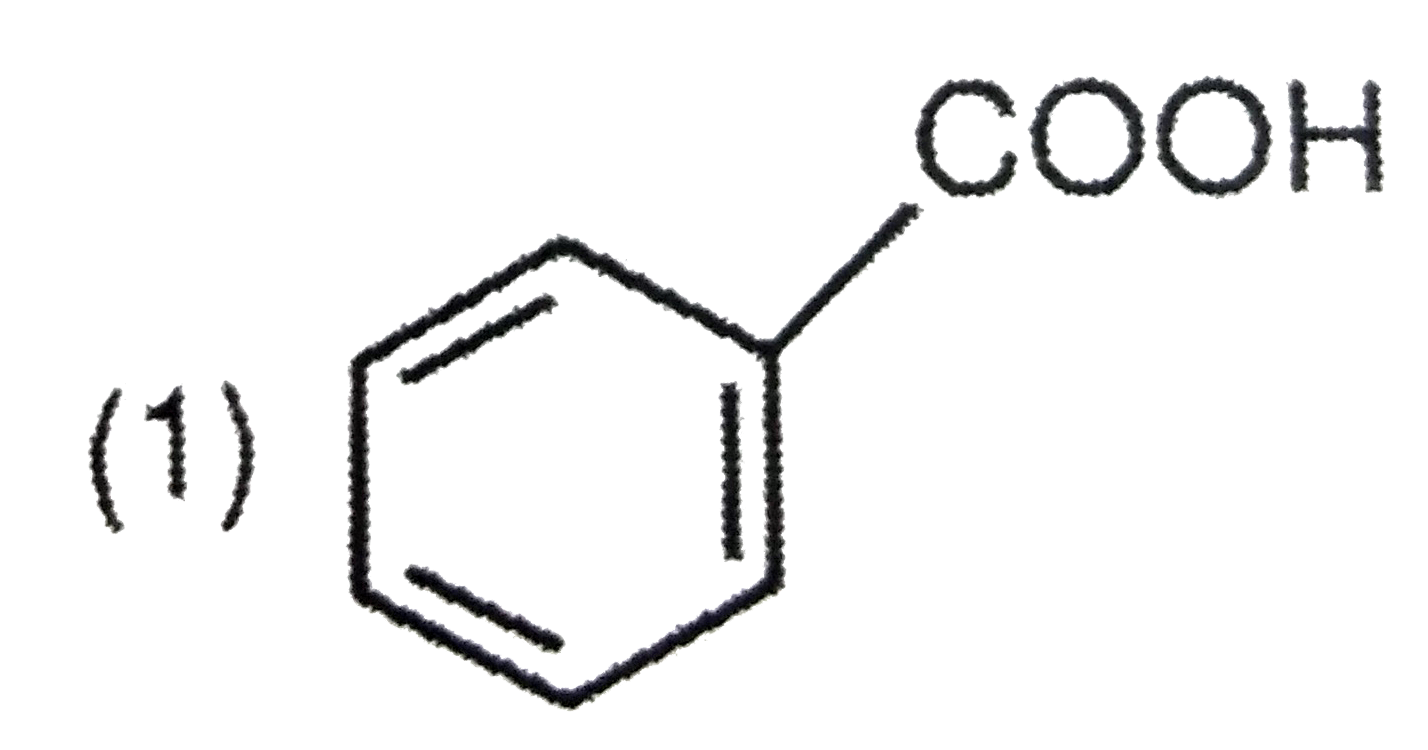 B
B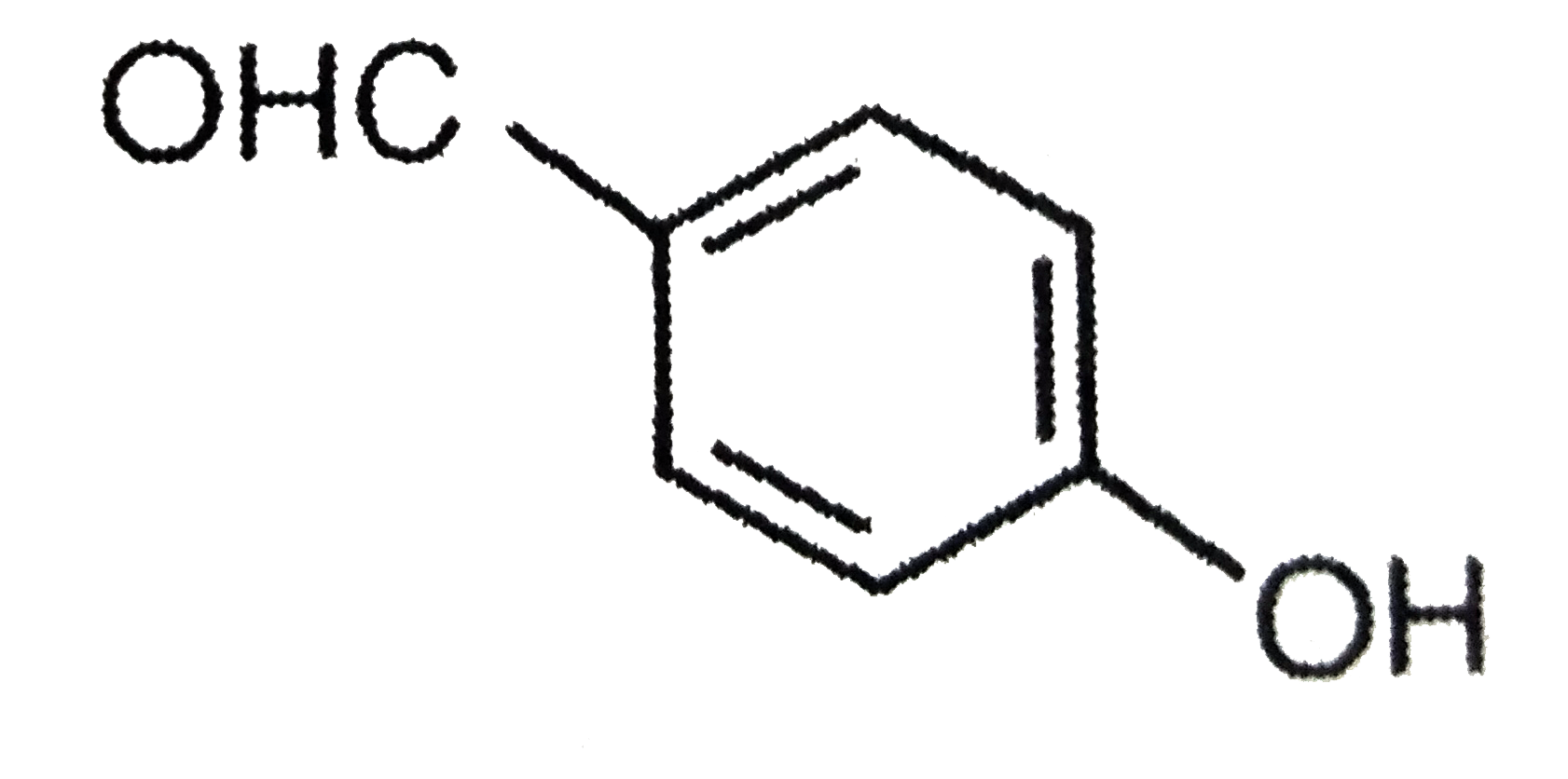 C
C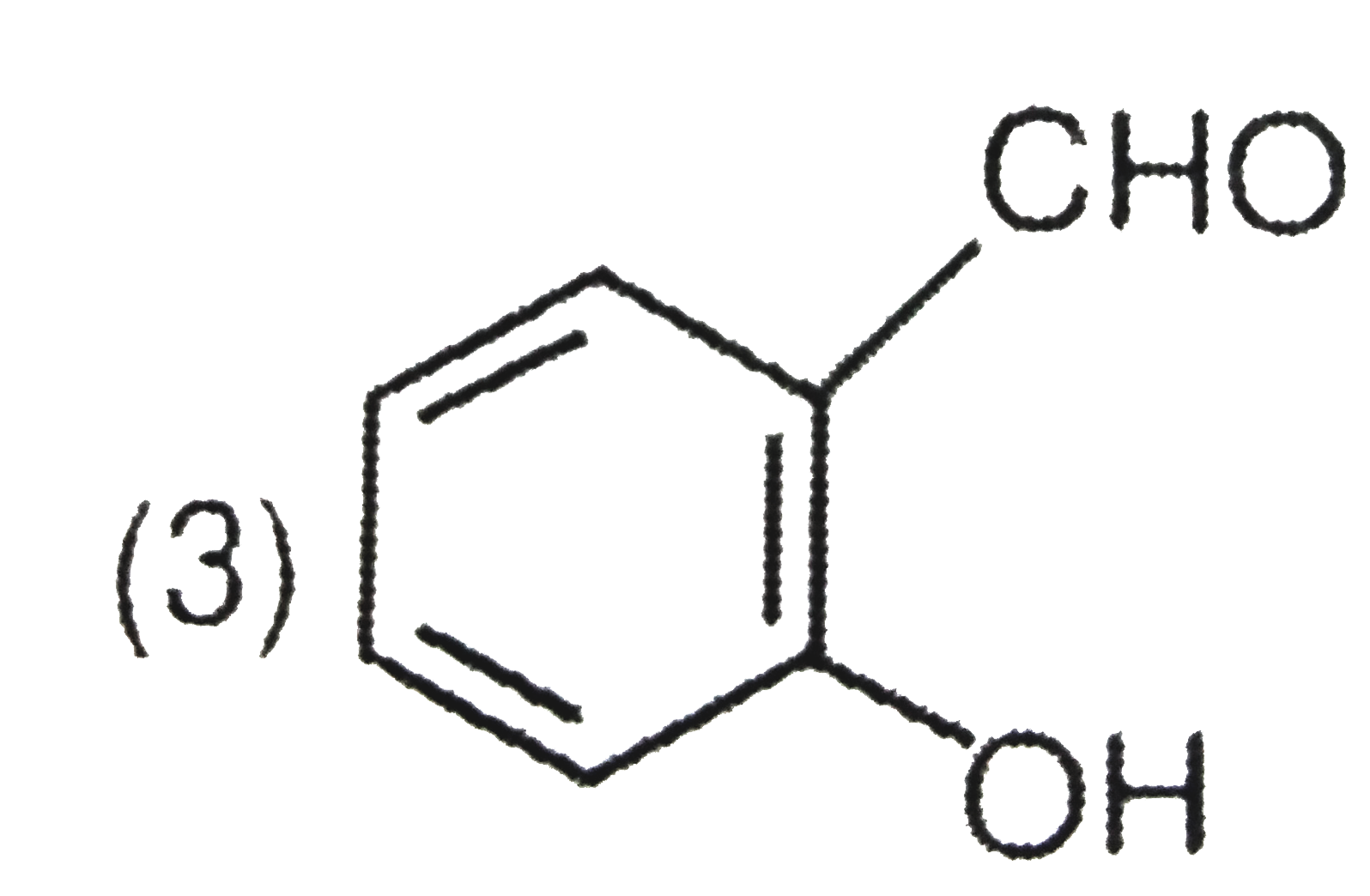 D
D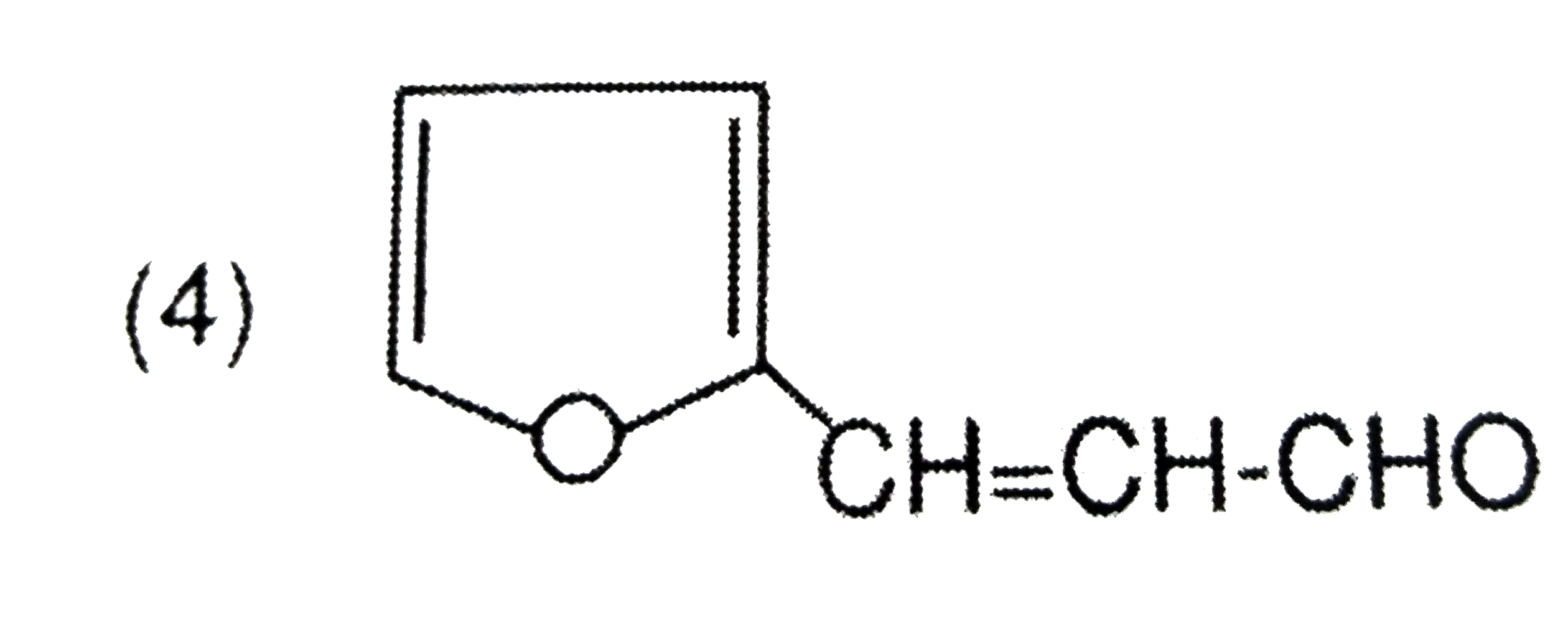
An aromatic compound 'A' having molecular formula C7H6O2 on treating with aqueous ammonia and heating forms compound 'B'. The compound 'B' on reaction with molecular bromine and potassium hydroxide provides compound 'C' having molecular formula C6H7N. The structure of 'A' is
View SolutionThe compound 'A' having molecular formula C3H9N undergoes following reaction
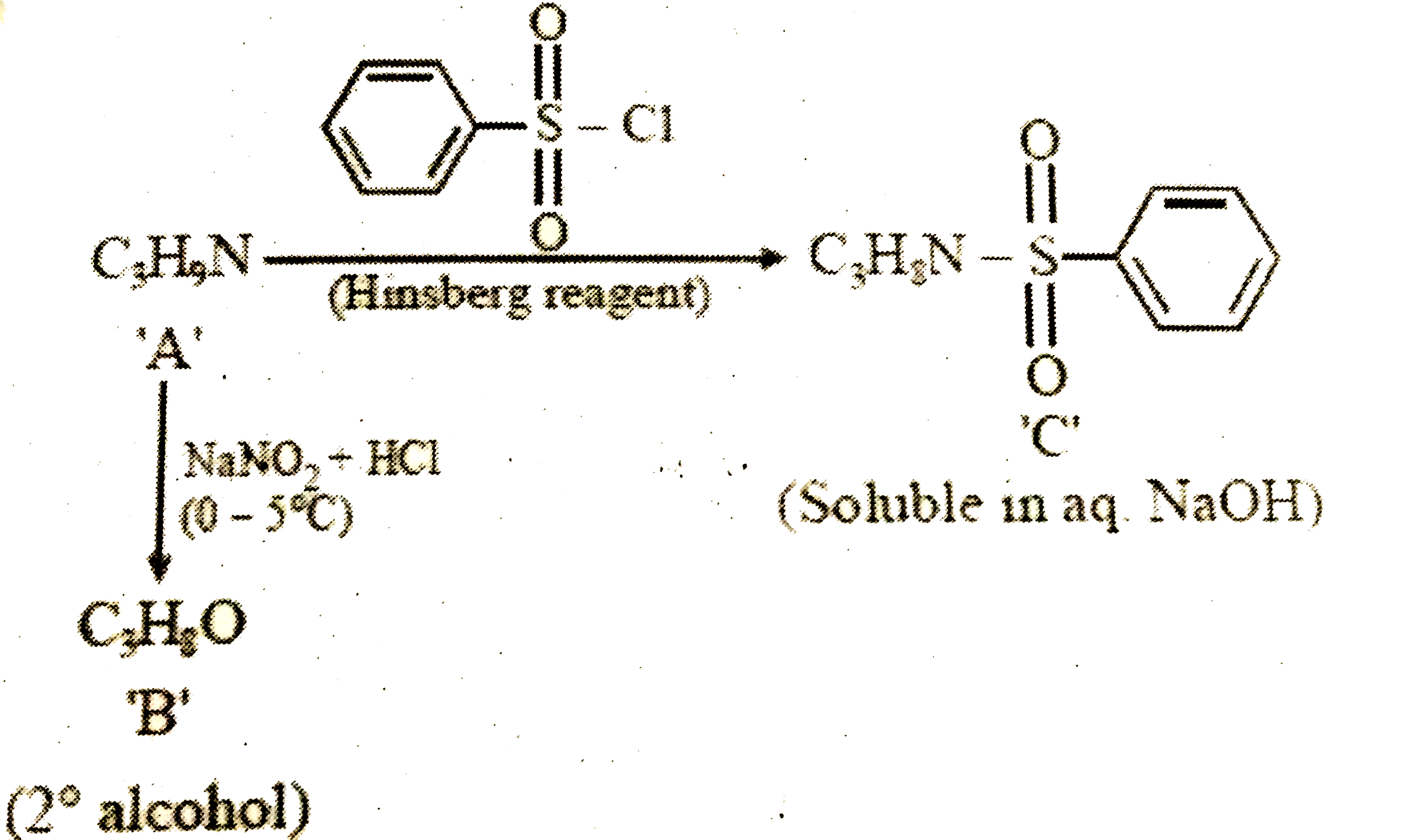
The compound 'A' will be:-
View SolutionAmmonia is a compound with the molecular formula of:
View SolutionAn aromatic compound 'A' on treatment with aqueous ammonia and heating forms compounds 'B' which on heating with Br2 and KOH forms a compound 'C' of molecular formula C6H7N.
The compound 'B' is
View SolutionEmpirical formula is the simplest formula of the compound which gives the atomic ratio of various elements present in one molecule of the compound. However, the molecular formula of the compound gives the number of atoms of various elements present in one molecule of the compound.
Molecular formula=(Empirical formula)×n
n=Molecular massEmpirical formula mass
A compound may have same empirical and molecular formulae Both these formulae are calculated by using percentage composition of constituent elements.
Which of the following compounds have same empirical formula?
View Solution
